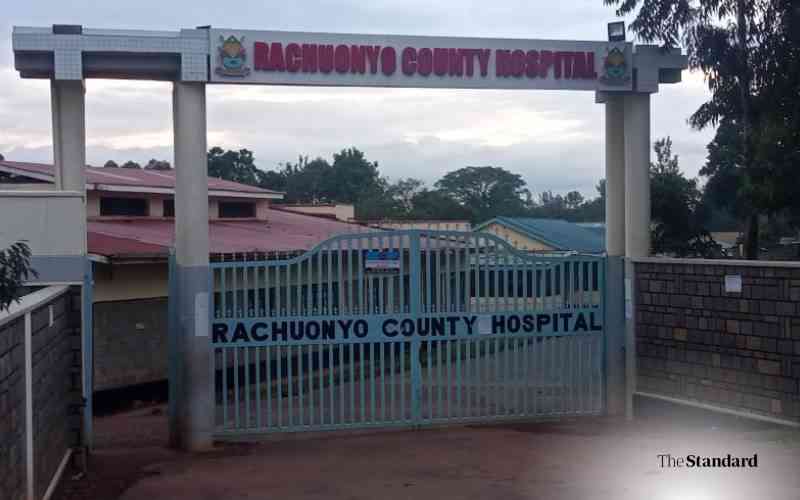Air Travelers Attempt Creative Hack to Avoid REAL ID Rules
The Transportation Security Administration (TSA) is putting an end to an unusual travel tactic: passengers trying to use their Costco membership cards as a legitimate ID at airports.
As of last month, travelers in the U.S. are required to present a federally approved REAL ID or a passport for boarding domestic flights, as a typical driver’s license is no longer sufficient.
Still, some hopeful vacationers believed their trusty Costco membership cards would be their golden ticket through security.
The TSA made it clear in a Facebook post this week that the membership card cannot act as a substitute.
“While we appreciate hot dogs and rotisserie chickens as much as anyone else, using a Costco card as a REAL ID is not acceptable, so please refrain from saying it is,” stated the agency.
The TSA’s response to the hilarious ID ‘hack’ sparked over 700 comments – with most amused by the idea, while others insisted the Costco card should actually count as a valid form of ID.
‘I’m pretty sure that the Costco card is stronger than some passports,’ one joked.
‘I mean at least it has a STAR on it,’ another wrote.
The Transportation Security Administration (TSA) is shutting down a bizarre travel hack: travelers using Costco cards as valid ID at airport security
Starting last month, US travelers were told they needed a federally approved REAL ID or passport to board a domestic flight , with a standard driver’s license no longer cutting it
The TSA made it clear in a Facebook post this week that Costco cards cannot act as a substitute
‘Do you take Uncle Sam’s Club card though?’ a third quipped
‘What’s more American than using a card that gives you access to hotdogs?’ yet another chimed in.
In March, the Department of Homeland Security (DHS) announced that passengers must have an upgraded REAL ID to board domestic flights without a passport.
Created in response to the 9/11 attacks, the REAL ID Act set stricter standards for state-issued IDs – raising the bar on identity verification to bolster national security.
Applicants must present documents that prove their identity, legal presence in the U.S., Social Security number, and address.
This reduces the chances of fake IDs or identity fraud.
In most cases, REAL IDs are marked by a white star inside a yellow circle.
They also have enhanced physical features – including barcodes and security holograms – that make them harder to forge and easier for authorities to recognize at a glance.
Created in response to the 9/11 attacks, the REAL ID Act set stricter standards for state-issued ID’s – raising the bar on identity verification to bolster national security.
In most cases, Real IDs are marked by a white star inside a yellow circle with enhanced physical features – including barcodes and security holograms – that make them harder to forge and easier for authorities to recognize at a glance
Acceptable alternatives include a valid passport, passport card, or Department of Homeland Security trusted-traveler cards like Global Entry or Nexus
The announcement triggered severe wait times and a scramble for DMV appointments, as Americans rushed to secure their REAL IDs ahead of the May deadline.
Although the law was passed in 2005, enforcement deadlines have been pushed back multiple times – more recently due to COVID 19-related delays.
By April, 81 percent of travelers presented a state-issued REAL ID or acceptable alternative, according to the TSA.
Acceptable alternatives include a valid passport, passport card, or Department of Homeland Security trusted-traveler cards like Global Entry or Nexus.
After 20 years in the making, the REAL ID requirement officially took effect on May 7.
The IDs have been available through the DMV for years, and those who missed the May deadline can still apply.










:max_bytes(150000):strip_icc()/racks-shannon-2baefc4101084321a9cd1d47b470d74a.jpeg)

